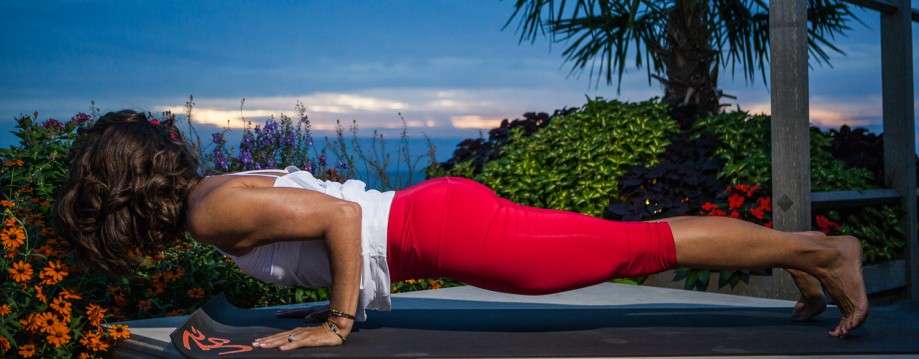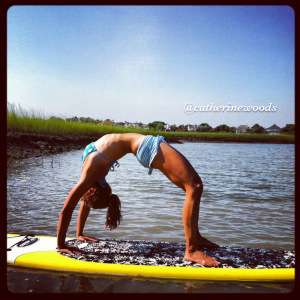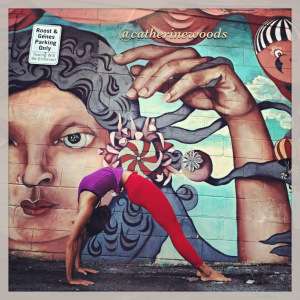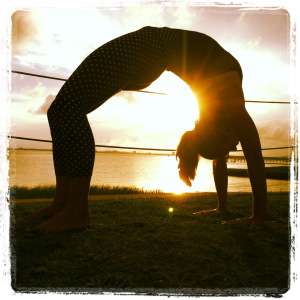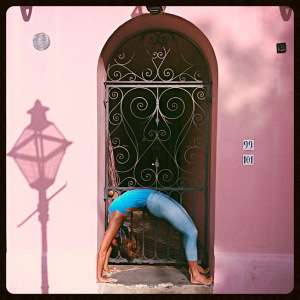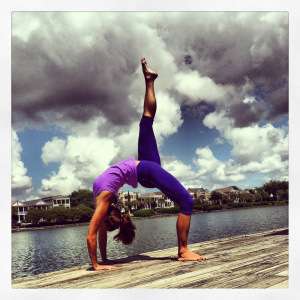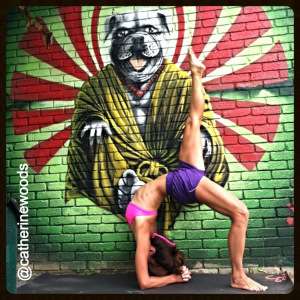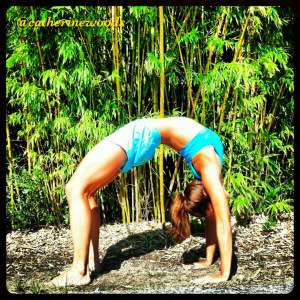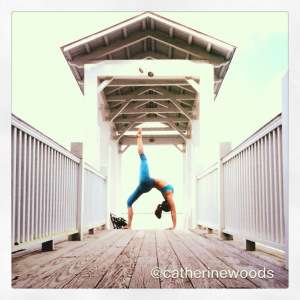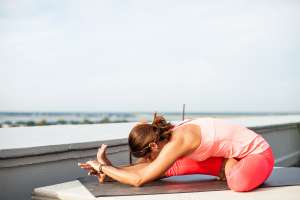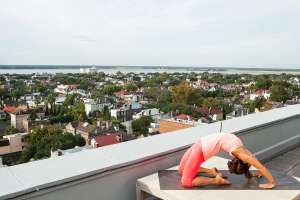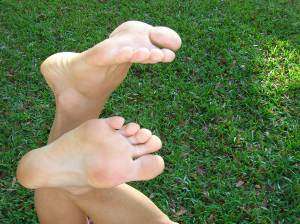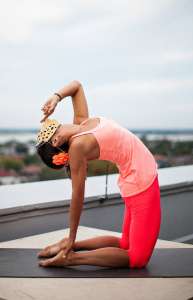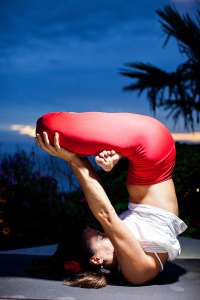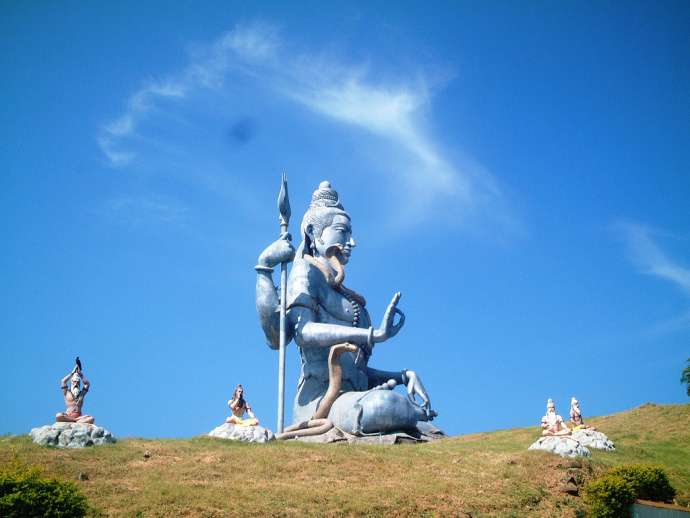If only we could remove all the noise and just find silence. Is there really such a thing? How far would you actually have to travel to experience this? The great Rishi’s, back in the day, would head to the Himalaya’s to get their meditating groove on. Whether meditating on a mountain, cave, spare bedroom or at the end of your yoga class there is usually still lot’s of noise. We tend to think of noise (citta) as everything outside our head, but there is a lot of noise inside that ball on our shoulders. Yet no one can hear this inside noise accept you. If I’m sitting right next to someone they can’t hear my noise, thank goodness, because most of it is nonsense. A lot of people believe meditation is about emptying their mind and experiencing silence. If that were the case then the first thing you would need to buy to have a good meditation practice is ear plugs, not a cushion for your bum. Next you would need a well insulated room that keeps down the chance of noise getting in. As much as you can’t remove the outside chatter of birds, cars, dishwashers, wind and the breathing of the person you might be sitting next to, you can’t remove the noise in your head, either.
It’s not supposed to be about that, because its not possible. I mean don’t get me wrong you can experience periods of quiet and they may even be impressively long, but the mind is eventually going to pick the chatter back up. We can’t create an environment insulated from all the things that disturb our peace, but we can make ourselves less easily disturbed.
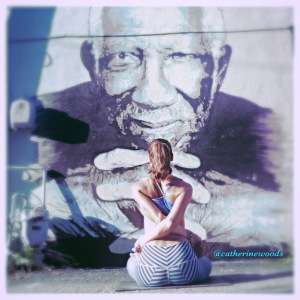
Baddha Padmasana, Mural artist Matthew Foreman and Joanna Jackson.
I remember that I never used to encourage students to take breaks while practicing, somewhere along the way, I began implementing this statement. “Take childs pose (balasana) if you need to.” But as of late I have been giving this statement some thought. I have decided in most instances there is no reason to take a break. 9 times out of 10 the reason people drop into child’s pose is agitation/irritation. We bail when uncomfortable, frustrated or up against insecurities. The real truth is we need to be exactly where we are uncomfortable. The only way to get less agitated is to deal with what agitates you. Just like the only way to quiet your mind is to first know what the heck is up there, by listening to it. You can only slow down a wheel that is turning by applying the brakes. What do brakes do? They create friction, they create resistance to the movement. It’s good to rub up against the things that agitate us and really get to a place of using resistance as a tool. The more you expose your self to the agitation the more desensitized you become.
Years ago a had a dog that was afraid of other dogs. So at the time I was volunteering at my local animal shelter and I made a recording of the dogs barking in their kennels and played it back to my dog. At first very softly, than I gradually turned up the volume making sure all the while she was adjusting without much distress. I wouldn’t be doing my dog any favors if I tried to have her live in a world where she was never exposed to another barking dog.
The resistance you have to listening to what’s in your head and the resistance you are experiencing in your body is necessary. It’s like when a carpenter is making a piece of furniture. He makes certain cuts to the wood but the edges end up a little rough. So what does he need to do? He needs to sand down the rough edges. That’s what you are trying to do in yoga. Sand down your rough edges, the places where things are constantly getting snagged. Take for example the Zamboni machine at a hockey game, it comes in each quarter to smooth the ice back to a more safe and playable service. These physical and mental rough spots we have gather stuff every time we come up against them and don’t work through it. Like plague clogs your arteries, these disturbed rough spot’s clog your mind. These points are your samskaras. You can leave them alone and allow them to gather more resistance, more hold over you, or you can use yoga and your very agitated self to change them.
So next time you want your mediation to be perfect, or your yoga practice to be easy remind your self that you are missing the point. You need to get out your tools and become a good carpenter of the mind and body. Or you can think of it this way… you need to hop up on the Zamboni machine of your mind and smooth out the rough spots. Just like when the surface is smooth on a body of water it reflects with perfection all that surrounds it. Just as your mind is doing the same thing, mirroring back to you all that surrounds it. So sit and meditate. Calm the surface of your mind and see the truest reflection of yourself. Our thoughts are like a rock you throw into the smooth body of water, the bigger the rock the more it will disturb the surface. The smaller the rock, well you get the idea. So just as you can rub a rock up against a rough surface to smooth it out and make it smaller. You can rub up against the rough spots and make the things that disturb you have less power over you. Good luck and get to rubbing.
